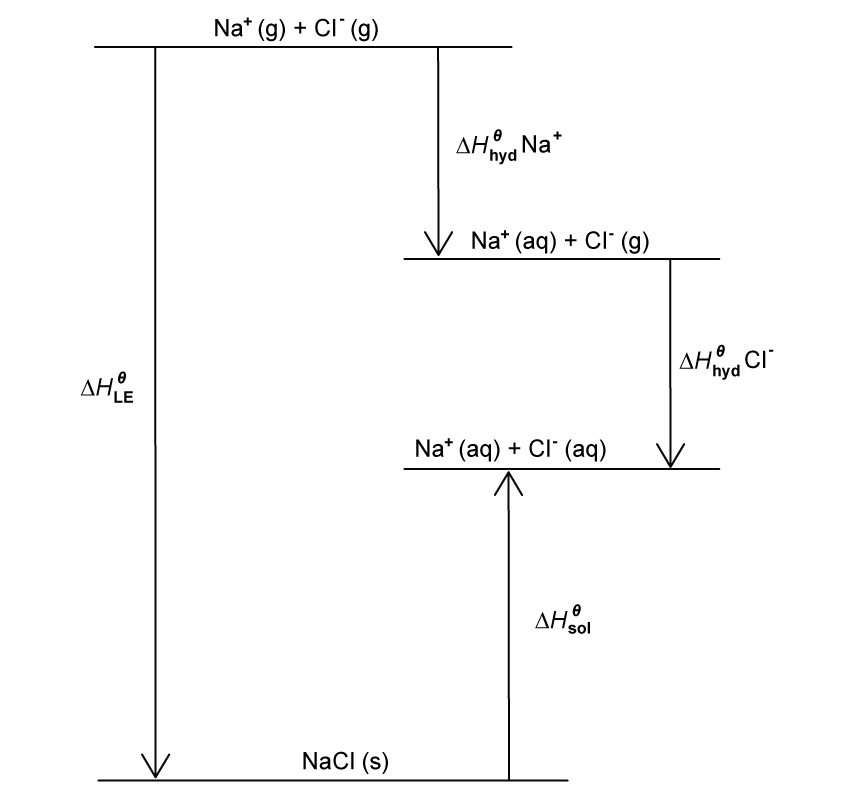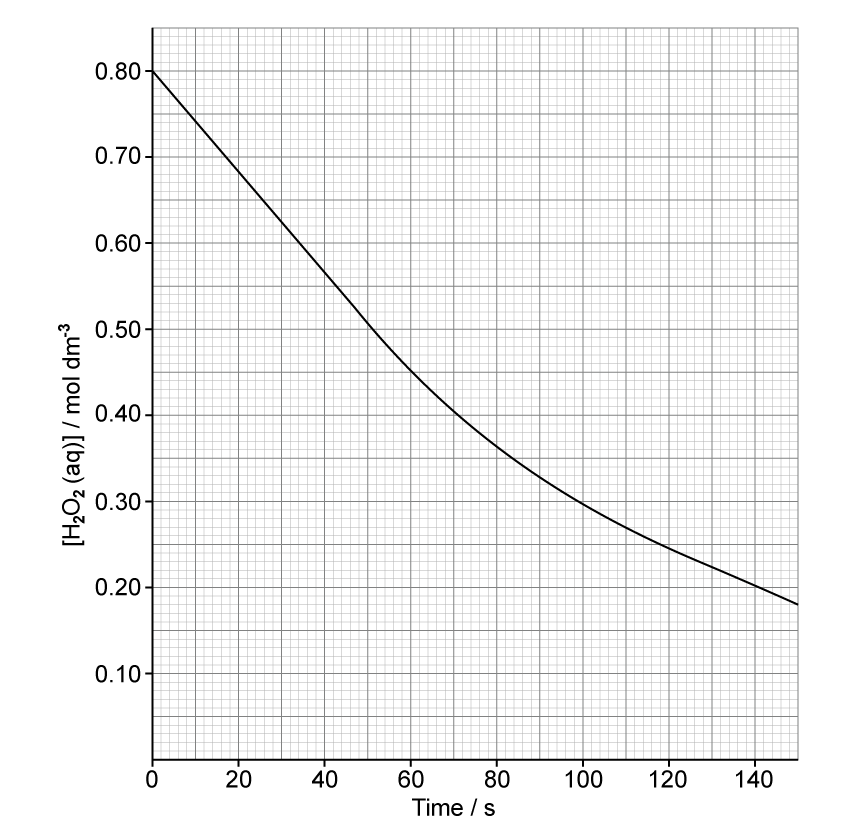A student prepared a standard solution of sodium carbonate and used it to determine the concentration of a sample of hydrochloric acid by titration.
The student dissolved 2.78 g of anhydrous sodium carbonate (Na2CO3) in deionised water and made the solution up to 250.0 cm3 in a volumetric flask.
Calculate the concentration, in mol dm-3, of this standard sodium carbonate solution. The Mr of Na2CO3 is 106.0.
Describe the method, using correct terminology, for how the student should have ensured the volumetric flask was filled precisely to the 250.0 cm3 mark.
The student then used this standard solution to titrate 25.0 cm3 samples of hydrochloric acid. The results are shown in Table 1.
Table 1
Titration | Rough | 1 | 2 | 3 | 4 |
|---|---|---|---|---|---|
Final burette reading / cm3 | 23.80 | 23.15 | 46.35 | 23.85 | 46.95 |
Initial burette reading / cm3 | 0.30 | 0.00 | 23.15 | 0.65 | 23.85 |
Titre / cm3 | 23.50 | 23.15 | 23.20 | 23.20 | 23.10 |
Explain why Titres 1, 2, 3 and 4 are considered concordant and should be used to calculate the mean titre.
Use the appropriate results from Table 1 to calculate the mean titre.
The equation for the reaction is:
Na2CO3 (aq) + 2HCl (aq) → 2NaCl (aq) + H2O (l) + CO2 (g)
Use your answers from part (a) and part (d) to calculate the concentration of the hydrochloric acid. Give your answer to 3 significant figures.
The student noticed that effervescence occurred in the conical flask during the titration.
Suggest why using a conical flask is good practice in a titration where a gas is produced.
Did this page help you?





